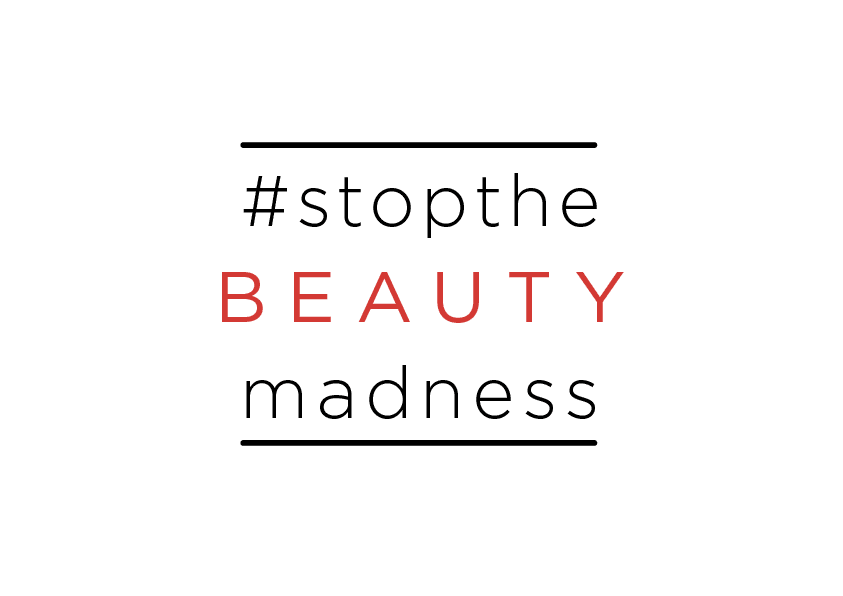How to fix ingrown toenail? Ingrown toenails are a very common and unfortunately very painful condition that many people develop. Ingrown toenails, also known as Onychogryphosis can occur at any age and can impact any person—more importantly, it can be painful, especially considering how much we use our feet.
Of course, when it comes to handling an ingrown toenail, one of the first things you are going to need to do is to try to clip the toe so it doesn’t rip off anymore and cause any more pain. You will need a quality toe nail clipper and some patience as you stay diligent about keeping your toe properly manicured.
However, this isn’t the only thing that you will need and this won’t just “fix” an ingrown toenail. There are other things you can do to help expedite the healing process and to fix this painful toenail issue.
These nail problems won’t just get fixed overnight, it takes some time in order to fix an ingrown toenail., but the following approaches, tips, and techniques can help make sure that it heals faster than before and that you can get away from the pain and discomfort that often come with ingrown toenails.

Diagnosing the Problem
Sometimes people have other toe issues, similar to ingrown toenails, and accidentally misdiagnose the issue. This is quite common. You may just have a toenail that has broken off, or you may be dealing with toenail fungus.
This is why you need to start by diagnosing the problem so you can make sure you are treating the right condition.
Ingrown toenails are classified as the toenail growing into soft flesh from the toe. Ingrown toenails come with the following symptoms:
- Pain and tenderness around the toenail
- Redness and swelling
- Potential infection of the tissue around the toenail
- Drainage around the toenail
- Chronic inflammation in the area
Ingrown toenails typically have three stages: Stage 1 (mild), Stage 2 (moderate), and Stage 3 (severe). Typically, stage 1 can be treated at home, but stage 2 or 3 may require a doctor’s visit. This is how to treat stage 1 ingrown toenail on your own. The best way to prevent a toenail from going to stage 2 or 3 is to treat it at the first sign of an issue.
Soak or Wash the Foot
The first thing that you need to do when dealing with an ingrown toenail is to soak or wash the foot properly. Simply soaking or washing the infected food in warm soapy water is a great way to keep the area clean and prevent bacteria from forming. You can soak in warm water or Epsom salt. This will help soften the skin around the toenail and make it easier to draw the toenail out of the soft skin it’s growing into.
You can also use castile soap as it features natural and pure ingredients that won’t further irritate this sensitive area. Another soaking solution is apple cider vinegar. It has antibacterial characteristics that will help keep the toenail clean while it heals and help stave off infection. Just add half of a cup to a bucket of warm water and soak the nail.

Use Dental Floss Under the Nail
Dental floss can be a great asset when dealing with an ingrown toenail. Placing dental floss under the ingrown nail edge, it can help shift the nail so it grows in the popular direction, instead of down into the skin.
Use unscented or unflavored dental floss as otherwise it may irritate the area underneath your toe and cause a burning sensation. You need to leave the dental floss in under the toenail and every time you soak it, push the floss a little farther into the nail. Your dental floss should be changed daily.
As you change your dental floss make sure you are examining the toenail and keeping it cut and manicured during the process. You may even have to cut the toenail back in order to get the dental floss underneath the toenail.
Stop Infection
Since you are going to be cutting back on this sensitive area, it is very important that you are diligent about preventing infection. Make sure to regularly apply an infection-preventing ointment such as Neosporin to the impacted area. Preventing infection is a great way to make sure that a stage 1 ingrown toenail doesn’t become a stage 2.
Wear the Right Shoes–Don’t Irritate the Toenail Further
The more irritated the toenail gets, the longer it will take to heal. This is an essential step in preventing a stage 1 ingrown toenail from turning into a stage 2 or stage 3. If you want the toenail to be fixed quickly, you need to avoid wearing high heels or tight and restricting shoes. This only irritates the area and can delay healing.
Sandals are a great solution for those with ingrown toenails, although some professions may not allow them. In this case, do your best to wear loose shoes and to remove the shoes when possible during the day to let the toenail breathe.

